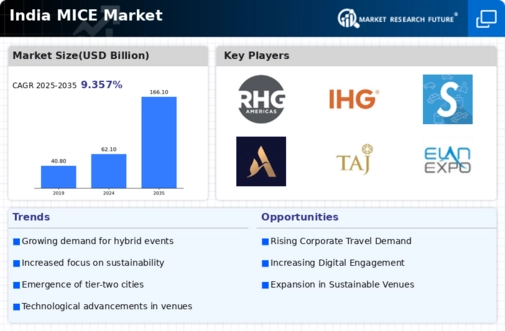The mice market exhibits a dynamic competitive landscape, characterized by rapid technological advancements and evolving consumer preferences. Key players such as Logitech (CH), Razer (SG), and Microsoft (US) are at the forefront, each adopting distinct strategies to enhance their market positioning. Logitech (CH) focuses on innovation and sustainability, launching eco-friendly products that appeal to environmentally conscious consumers. Razer (SG), on the other hand, emphasizes high-performance gaming peripherals, targeting the burgeoning esports segment. Microsoft (US) leverages its extensive software ecosystem to integrate advanced features into its mice, enhancing user experience and productivity. Collectively, these strategies contribute to a competitive environment that prioritizes innovation and consumer engagement.
In terms of business tactics, companies are increasingly localizing manufacturing to reduce costs and improve supply chain efficiency. This approach not only mitigates risks associated with The mice market demands. The competitive structure of the mice market appears moderately fragmented, with several players vying for market share. However, the influence of major companies remains substantial, as they set trends and standards that smaller firms often follow.
In October 2025, Logitech (CH) announced the launch of its new line of gaming mice, which incorporates advanced AI-driven features for enhanced performance. This strategic move is significant as it positions Logitech (CH) to capture a larger share of the gaming market, which continues to expand rapidly. The integration of AI technology not only differentiates their products but also aligns with the growing consumer demand for smarter, more responsive devices.
In September 2025, Razer (SG) unveiled a partnership with a leading esports organization to develop a co-branded line of gaming mice. This collaboration is strategically important as it allows Razer (SG) to tap into the vast audience of esports enthusiasts, thereby enhancing brand visibility and loyalty. By aligning with professional gamers, Razer (SG) reinforces its reputation as a premier gaming brand, which could lead to increased sales and market penetration.
In August 2025, Microsoft (US) expanded its product line with the introduction of a new ergonomic mouse designed specifically for remote workers. This initiative reflects a growing trend towards remote work solutions, indicating Microsoft's responsiveness to changing work environments. By focusing on ergonomics and user comfort, Microsoft (US) not only addresses consumer needs but also positions itself as a leader in the productivity segment of the mice market.
As of November 2025, current competitive trends are heavily influenced by digitalization, sustainability, and the integration of AI technologies. Strategic alliances, such as partnerships between hardware manufacturers and software developers, are shaping the landscape, fostering innovation and enhancing product offerings. Looking ahead, competitive differentiation is likely to evolve from traditional price-based competition to a focus on technological innovation, user experience, and supply chain reliability. Companies that prioritize these aspects may gain a competitive edge in an increasingly crowded market.





















Leave a Comment